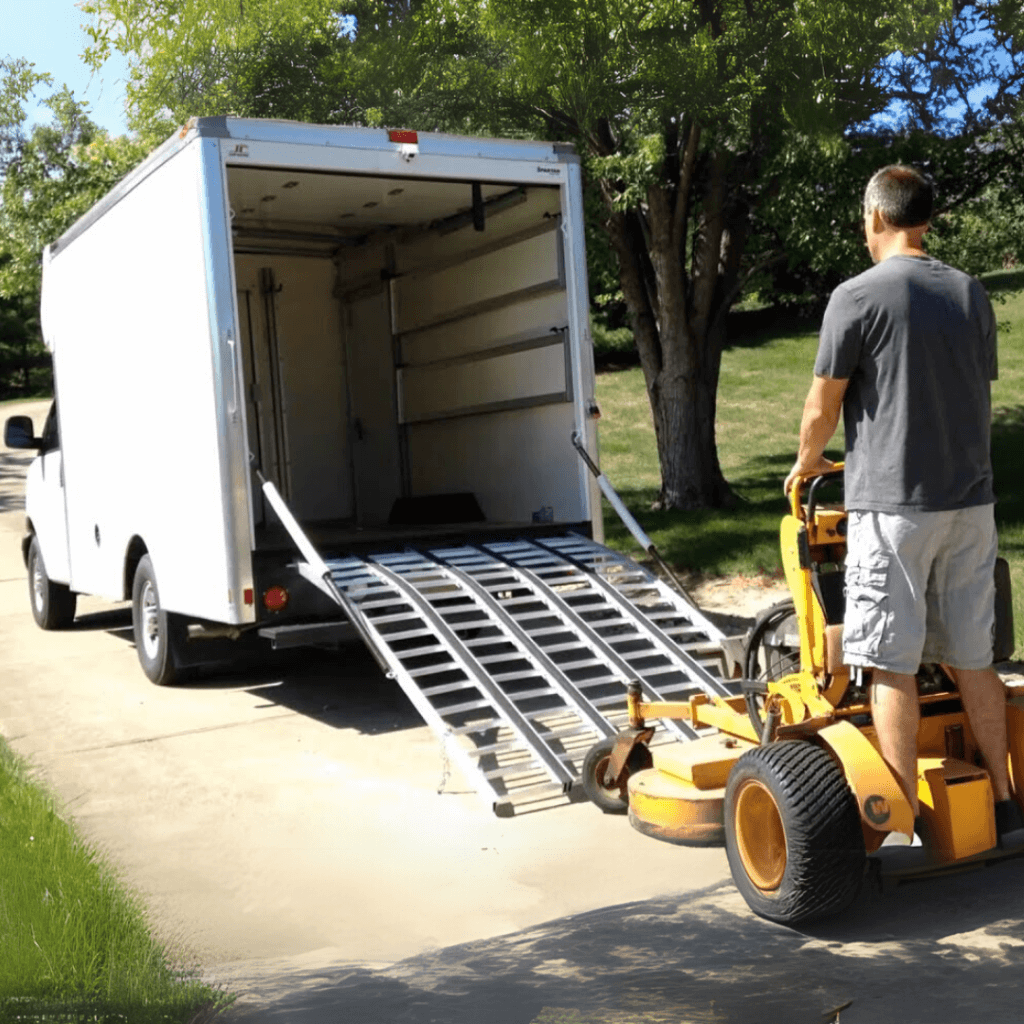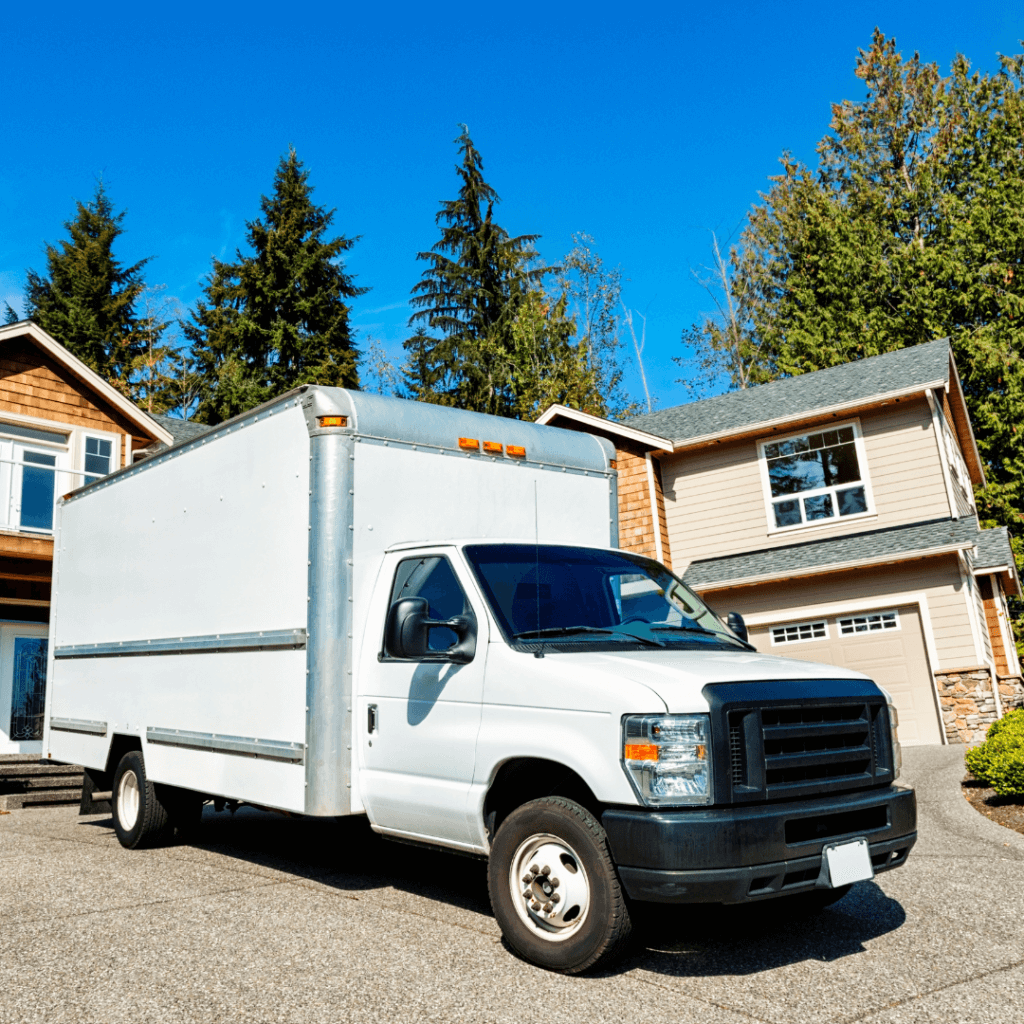Making the leap from a bustling urban environment to the wide-open spaces of a Texas ranch can be both exciting and daunting. Trading in city conveniences for a more self-sufficient lifestyle means learning new skills, adapting to different utilities, and embracing the slower pace of rural living. From understanding water wells and irrigation systems to budgeting for livestock care, there are many factors to consider before you can fully enjoy the tranquility of the countryside. The following ten points will guide you through the essentials of this transition, helping you settle into ranch life with confidence.

1. Evaluating Your Rural Property Options
When moving from the city to a ranch, your first step is finding the right property. Consider factors like acreage, proximity to essential services, and existing infrastructure, such as barns or fencing. It’s also important to research local zoning laws and land-use regulations, ensuring the property aligns with your plans for livestock, agriculture, or other activities.
2. Understanding Water Wells and Irrigation Systems
Rural properties often rely on wells and other water sources instead of municipal services. Before you move, familiarize yourself with well maintenance, water testing, and any necessary filtration systems. If you plan on gardening or raising livestock, consider installing or upgrading irrigation systems to ensure reliable access to water, especially during the hot Texas summers.
3. Preparing for Limited Access to Urban Conveniences
Living in a rural area often means traveling farther for groceries, medical care, and other amenities. Plan your errands carefully, and consider stocking up on essentials to reduce frequent trips to town. Research local delivery services, co-ops, or online ordering options that can help you stay well-supplied without sacrificing time and convenience.
4. Setting Up Utilities and Managing Off-Grid Needs
Rural living may require more self-sufficiency, especially if your property isn’t connected to municipal power or water. Explore alternative energy sources like solar or wind, and plan for backup systems in case of outages or extreme weather.

5. Learning Basic Land Maintenance and Equipment Use
Transitioning to ranch life often involves tackling chores that aren’t common in urban environments. From mowing large fields to clearing brush and maintaining fencing, you’ll need the right tools and know-how to keep your property in good shape. Consider investing in or renting equipment like tractors, ATVs, or specialized attachments, and learn basic maintenance skills—such as changing oil and performing minor repairs—to ensure everything runs smoothly.
6. Handling Livestock: Care, Feed, and Shelter
If you plan on keeping animals such as cattle, horses, or goats, be prepared to learn about their specific nutritional and shelter requirements. Research local feed suppliers, proper fencing, and veterinary care options to ensure your animals remain healthy and secure. Building or maintaining barns, stables, or coops will also be essential for providing protection from Texas weather and predators.
7. Budgeting for Ranch Upkeep and Unexpected Costs
Rural living often includes hidden expenses, from well repairs to fence maintenance, that can quickly add up. Setting aside funds for emergency repairs and routine upkeep is essential to avoid financial strain and ensure your property remains in top shape.
8. Embracing Local Community and Rural Culture
One of the biggest advantages of moving to the countryside is the close-knit sense of community. Get involved by attending local events, farmers’ markets, and volunteering opportunities, which not only help you build relationships but also give you access to valuable local knowledge about ranch life and resources.
9. Adapting to Texas Weather and Seasonal Challenges
Texas weather can swing from scorching summers to sudden cold snaps, demanding careful planning for ranch life. Stock up on supplies like extra feed, water storage, and backup power sources to handle heatwaves, droughts, or winter storms. Regularly monitor weather forecasts and maintain structures like barns and shelters to protect livestock and equipment from extreme conditions.
10. Staying Safe: Wildlife, Fences, and Property Security
Rural areas often come with unique safety considerations, from wild animals to trespassers. Invest in sturdy fencing to keep livestock in and predators out, and consider security measures such as motion-sensor lights or cameras. Familiarize yourself with local wildlife, learn how to handle potential encounters, and stay prepared for emergencies to ensure a safe and secure ranch environment.

Moving from city life to a Texas ranch can be a rewarding experience, offering more space, a closer connection to nature, and a sense of self-sufficiency. However, it also requires careful planning, new skills, and an understanding of rural challenges—from learning how to maintain wells and fences to budgeting for unexpected repairs. By preparing for these differences and embracing the local community and culture, you’ll be better equipped to thrive in the countryside. With the right mindset and resources, you can make the transition successfully and enjoy all the benefits that ranch living has to offer. If you’re looking to hire professional movers to assist with your move, please contact Condor Moving Systems for a free moving quote.


